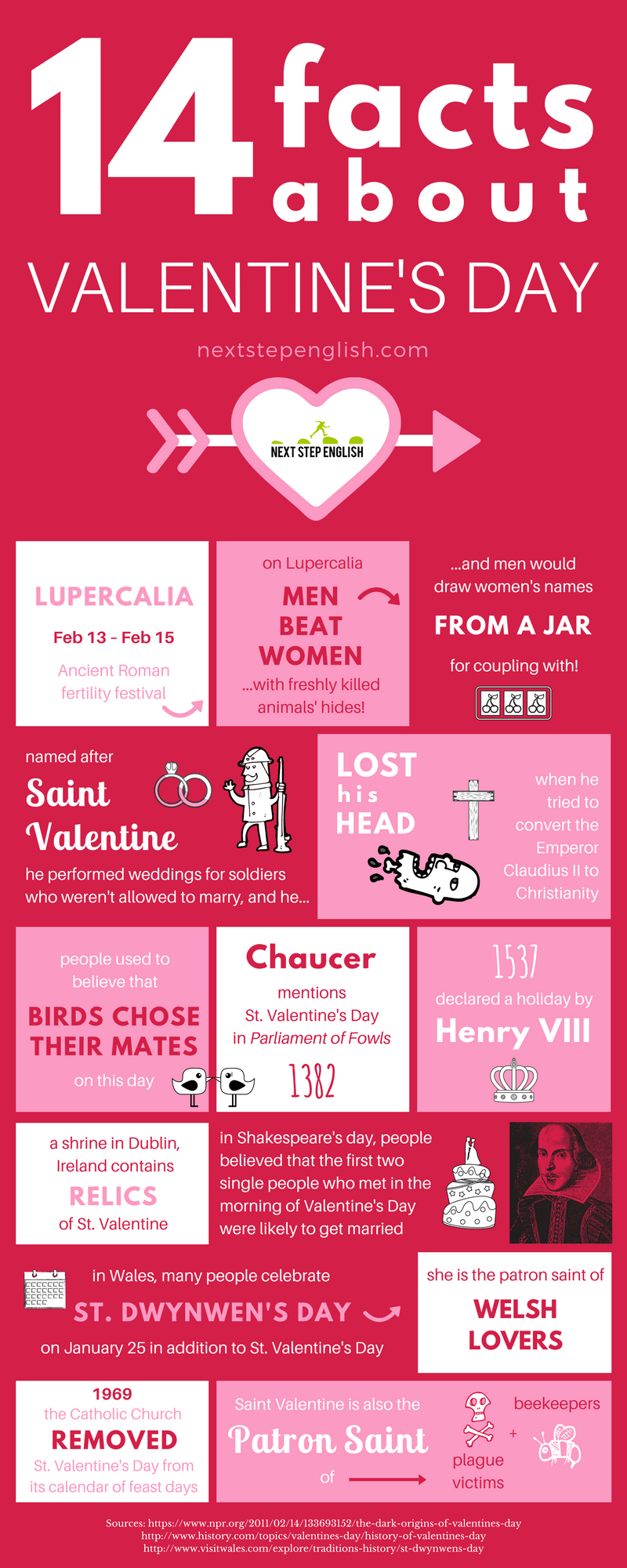First Valentine Was Written From a Prison
History’s first valentine was written in perhaps one of the most unromantic places conceivable: a prison. Charles, Duke of Orleans wrote the love letter to his second wife at the age of 21 while captured at the Battle of Agincourt. As a prisoner for more than 20 years, he would never see his valentine’s reaction to the poem he penned to her in the early 15th century.
.
Origins to a Bloody Pagan Festival
Some trace Valentine’s Day origins to a Christian effort to replace a pagan fertility festival that has been dated as far back as the 6th century B.C. During the festival of Lupercalia, Roman priests would sacrifice goats and dogs and use their blood-soaked hides to slap women on the streets, as a fertility blessing. According to legend, women would later put their names in an urn and be selected to be paired with a man for a year.
Letters Addressed to ‘Juliet’
Every year, thousands of romantics send letters addressed to Verona, Italy to “Juliet,” the subject of the timeless romantic tragedy, “Romeo and Juliet.” The city marks the location of the Shakespearean tale, and the letters that reach the city are dutifully answered by a team of volunteers from the Juliet Club. Each year, on Valentine’s Day, the club awards the “Cara Giulietta” (“Dear Juliet”) prize to the author of the most touching love letter.
